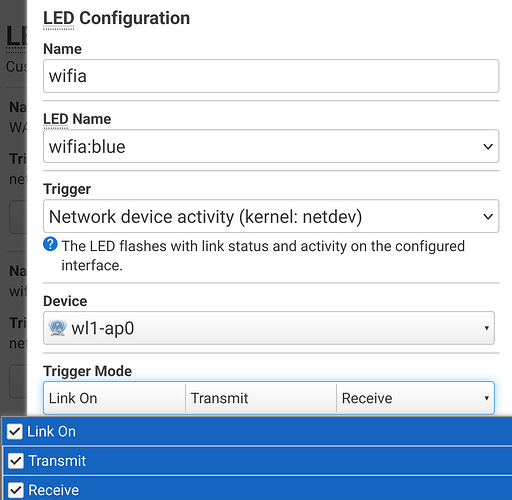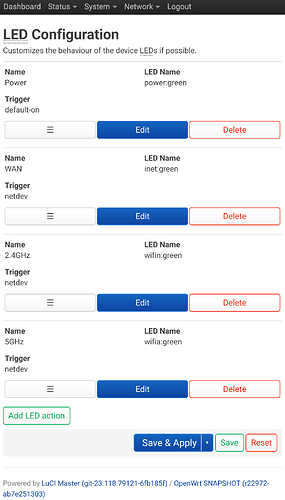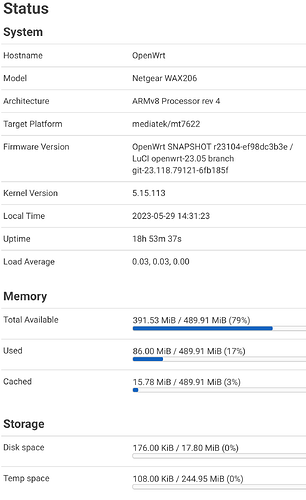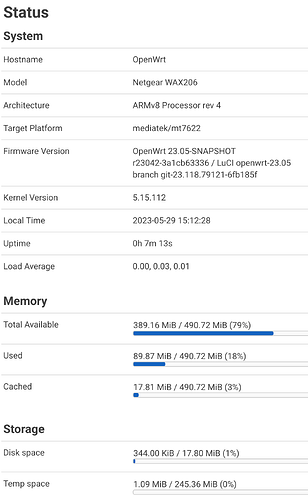Here are the system overview and the software pages. But I think if you build packages in to the image it may not affect the space free like you think. I don't think the space free reflects the full space free of the router, but part of the actual space partitioned/reserved as "free space".
Edit:
The TOH page states that this device has 256MiB of flash storage and 512MiB of ram. I think that installing packages in the firmware image puts them in the read only firmware partition, leaving the ram read/write overlay partition untouched, but installing packages afterwards installs them in a ram based read/write overlay partition that is superimposed over the top of the read only firmware partition.
Clearly the amounts shown in the screen shots don't add up or correspond 100% to the flash and ram overlay partition in the hardware, backing my thinking, but I've read various things elsewhere that support my thinking, though I believe there is also a limit to how much you can put in a firmware image and that is where things get hazy for me as I am not sure what that limit is or why. I haven't done the digging to understand this fully.
Even stating that packages are installed in ram doesn't fully make sense to me, so I am likely to be completely wrong about those details, as otherwise house does a package survive a reboot? The overlay must be in the flash storage somewhere... See corrections above with thanks to @frollic.
Anyone care to provide more correct information?
Edit 2:
Here are the same screenshots after I went from a very recent master/SNAPSHOT build with Luci, Luci-app-attendedsysupgrade and luci-mod-dashboard built in to the firmware image using the firmware builder page (or perhaps it was an attended sysupgrade, but both use the same back end and both use the master/snapshot source rather than the 23.05/snapshot branch source, not that there's much difference at present) to the latest 23.05/SNAPSHOT image that has luci pre-installed, but where I had to manually install the other two packages after the fact from the software page. Manually installing the packages seems to use up more of the free space than building them in to the firmware image. (See links below, may be because the overlay file system uses JFFS which is less efficient than the squasfs that is used in the firmware image itself)
Edit 3:
If you need more space for packages or other software, you can add a USB device on some routers, but obviously the Wax206 doesn't have a USB port. You can also do extroot but might face the same limitation (though see below about using extroot from a network share), but the extroot page below still has some interesting information on how the file system works...
Here are some helpful pages;





